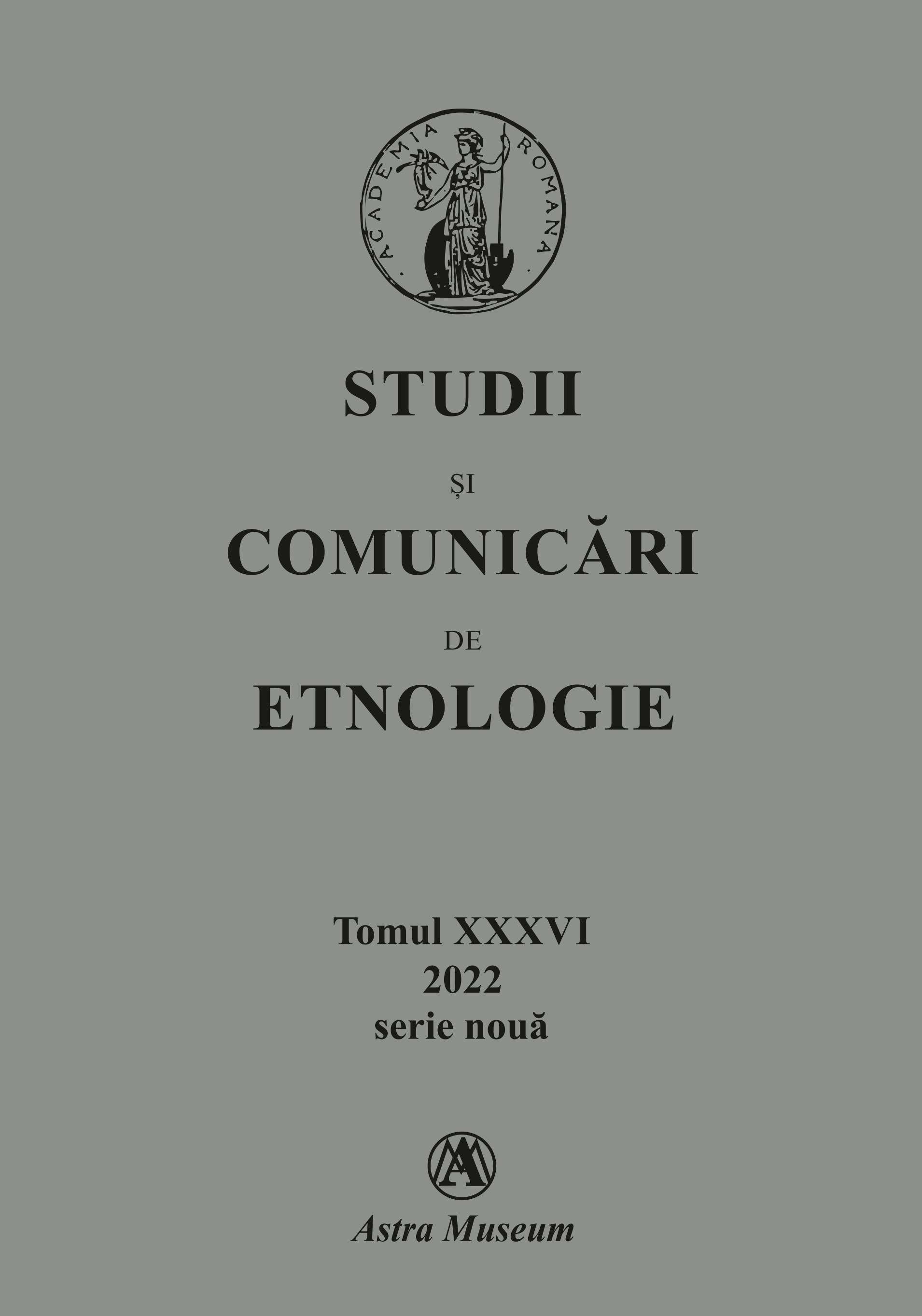Vinăriciul în nordul Olteniei – de la dijmă domnească la privilegiu mănăstiresc
The wine tax in northen Oltenia – from royal tithe to monastic privilege
Author(s): Mihai BănuțSubject(s): Cultural history, Micro-Economics, Archiving, Classification, Preservation, Diplomatic history
Published by: ASTRA Museum
Keywords: monasteries; northern Oltenia; royal tithe; monastery privilege.
Summary/Abstract: The article is intended with the purpose of building a paper with the help of which we can better understand the monastic land, but especially the system of monastic privileges for the monasteries in northern Oltenia. It makes use of the references of monasteries such as: Cozia, Govora, Tismana, Bistrița, Arnota, Dintr-un lemn, Surpatele or Hurezi. The wine tax is first intented as a royal tithe for the monasteries in the mentioned area, evolving towards what we have chosen to refer to as monastic privilege.The wine tax is one of the oldest forms of donations in the entire southern Carpathian area. Its duration was extremely long, especially if we take into account that it was eliminated around the first half of the nineteenth century, more precisely on July 13, 1831, with the implementation of the Organic Regulation in Wallachia.We must mention that over time the monasteries in northern Oltenia, but others as well, were exempted or even collected large sums of money during this time (as long as there was this tax rate on wine).
Journal: STUDII ŞI COMUNICĂRI DE ETNOLOGIE
- Issue Year: XXXVI/2022
- Issue No: 36
- Page Range: 172-179
- Page Count: 8
- Language: Romanian
- Content File-PDF

